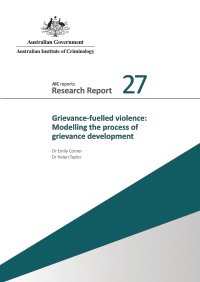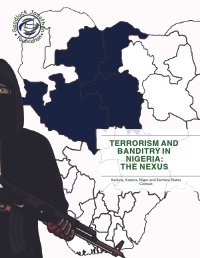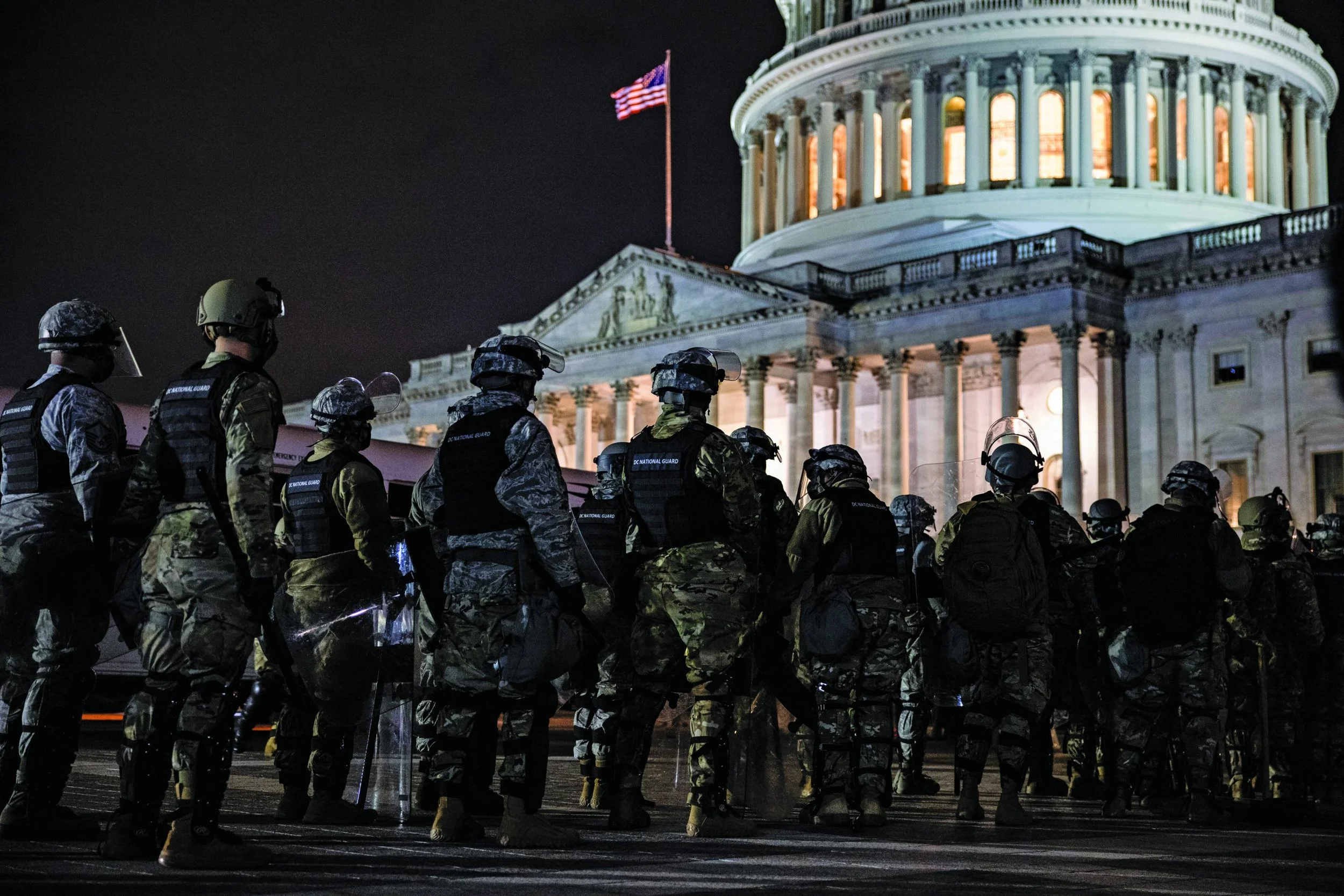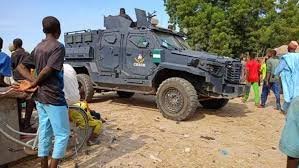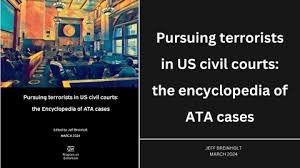Keneally, Katherine; Davey, Jacob
From the document: "This project by the Global Network on Extremism and Technology (GNET) looks at the user journeys of individuals who enter and participate in the online spaces of extremist communities. A user journey here refers to the distinct path a user may follow to reach their goals when accessing and using an online space belonging to extremist communities. User journeys are particularly important in offering insights into the rationale and motivations of users on the one hand, and to the inner workings of extremist online communities on the other. This is vital for understanding their goals and objectives. In selecting the ideologies for this project, we drew upon extremist communities - rather than extremist and terrorist organisations or groups - including those actors that participate in the extremist milieu and share ideas but do not necessarily operate in concert. These ideologies include those of formal and well-defined extremist organisations of White supremacist and anti-government extremist groups in the United States, supporter networks of Islamic State (IS), and looser communities of extremist actors including accelerationists, incels and chan site members who operate on shared platforms, congregating around common beliefs but without the connection of formal membership. This project is a response to the growing interest in understanding how individuals enter and participate in online spaces of extremist communities."
Global Network On Extremism And Technology (GNET). 24 JUL, 2024.












